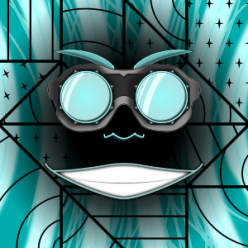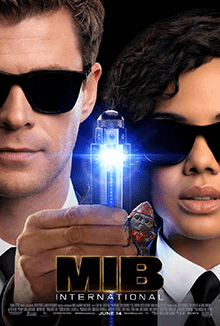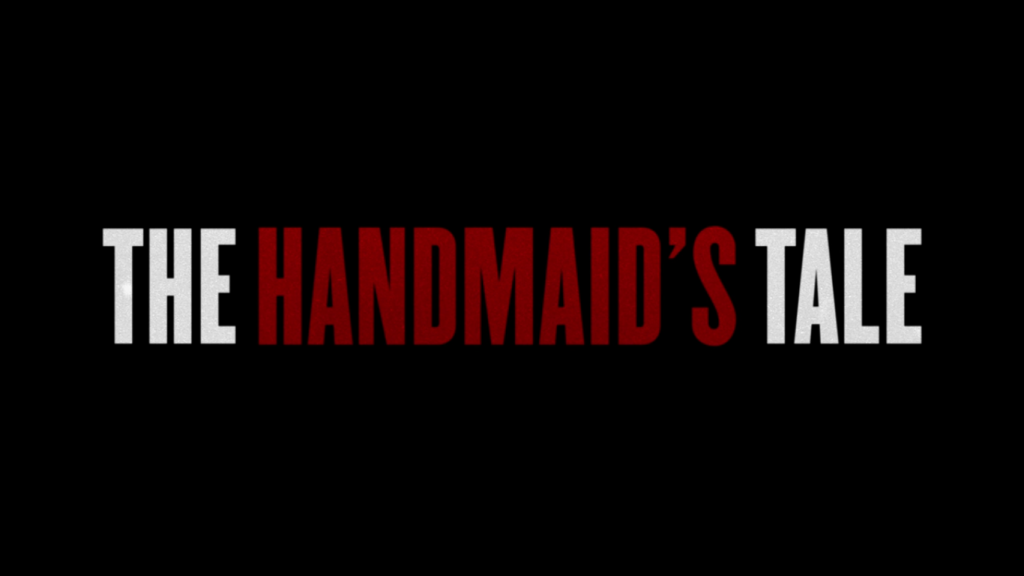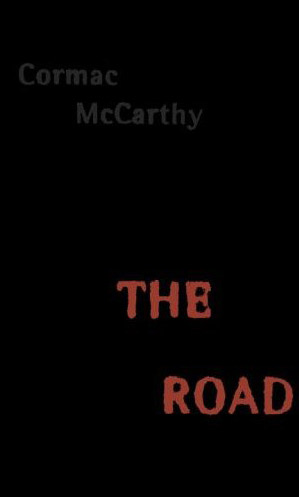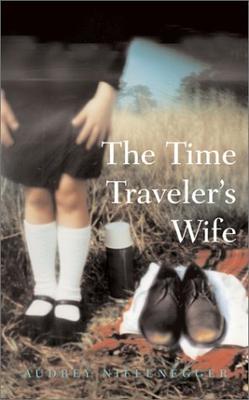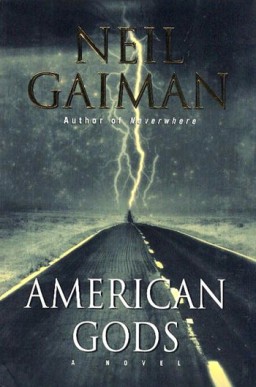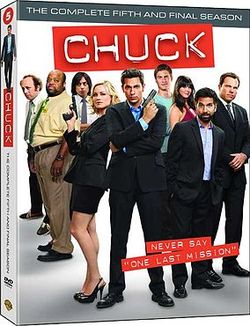The PPMS had cordoned off Jalan Mandailing. They had guards posted along the banks of Sungai Chua. But it was not enough. The battles ranged from midnight till the cock’s crow and the call for prayers every dawn while the sun painted delicate fingers of rose across a yellow ombre sky. In the daytime, the blistering heat of the day kept the undead under protective cover. Even in their present state the British could barely handle the heat of the tropics. Penghulu Udin discovered he was exceptionally good at killing the undead. He could spear them, decapitate them, blow them up or use the bamboo blowgun the way his Dayak ancestors had before they had travelled to Selangor to build a new life by marrying into the Javanese community. He learned how to construct bombs from the materials they’d scavenged from the army barracks. He’d trained a small army that grew larger, and larger. They’d called it the “Persatuan Pertahanan Manusia Sejagat” or the PPMS for short. Udin sometimes thought that they were being rather grandiose by calling themselves an alliance for the defense of all of humankind. But on other days, he felt that this was precisely what they were. It felt like they were defending more than their piece of the earth. It felt like they were defending all of humanity. He marvelled when no one challenged his command. Instead, they called him their Penghulu, as though the Alliance was a village. They were a community against the damned who had come from across the vast sea to colonise them. Their colonisers had been desiccated from the inside, transformed into the undead who cannibalised them in an entirely more literal way. The undead had been created from the contagion that infected every omputih in sight. All of the British running administrative duties, all of the navy, the army, the merchants and their wives, even their mixed-race offspring. Not a one was spared.
Humidity swathed the night as did the low-hanging mist that had been a persistent torment since the contagion started. Udin’s cotton shirt clung to his back, clumping against deep gouges that were slow in healing. The contagion had not spread to him. None of the Asian denizens of Kajang were infected by what had turned the colonial soldiers, officials and merchants into shambling beings with eyes that rotated biliously within desiccated sockets. Not even when they had been scratched, gouged, and even half-consumed. There were members of the PPMS who had missing limbs, eyes, and various maimed body parts. And yet, none of them had transformed into the undead.
The hunger had transformed Sir Roger Lawford into a mindless, drooling automaton of preternatural gluttony. Udin had himself shot the nobleman with a rifle he had taken from the corpse of an undead lieutenant. Lawford had been a stiffly starched man with a stiffly starched wife. He had two children who liked to beat and pinch their amahs, their cooks, and the children of the servants who lived in their mansion. That mansion was now gutted; the ravenous members of the Lawford family had glutted themselves on the brains, meats and marrow of their servants before they were killed by Udin and his men. Udin had ordered the construction of a bamboo fence around it, and around all the homes of the omputih who colonised them. That fence had been studded with metal spikes and small sachets with holy verses pinned inside them. It held the undead back, but unholy hunger caused them to persevere against the orisons and vigilant guard of the PPMS comprising the Mandailings, the Bugis, the Tamil and the Hakka population of Klang.
Udin wiped the sweat off his brow as he removed his cotton shirt. The muscles of his aching pectorals and upper arms strained as he reached to clean and dress the wounds that gouged his back. He used the iodine and bandages from one of the many first aid kits they had scavenged from the hospital and the army barracks. Wincing, he washed and then applied iodine to the lacerations. It hurt, but at least the wounds would not be infected. Udin was careful about that. He could not afford to die. He needed to protect the people he loved. Salmah, Nyonya Salleh and his many Dayak-Javanese cousins. He then bandaged himself as best he could.
“Din,” came a soft whisper in the night. “Udin. Are you there?”
“Yes sayang, I am here. I was just dressing my wounds,” his voice was mellow and warm as he replied.
“You were wounded again?” an odd edge of panic inflected Salmah’s voice as her footsteps shambled on the plank boardwalk outside their hut.
Udin said, “Like every other night, sayang. It’s nothing new to us, kan?”
They had fought in different sectors today for the twenty-first day in a row. He missed her badly. As Salmah grew more skilled in fighting, so was her leadership needed to keep the undead at bay – delegation involved also one’s beloved in these exigent times. No one could shoot a rifle like Salmah, and she was nonpareil in the reloading of weapons with bullets during tight situations. When she took charge, no one argued with her. He never could win any argument with her, he thought, melting with both fondness and longing. Udin hoped they would have time for more than just food and banter tonight. His back hurt, and his soul was weary. He was in need of physical comfort.
Udin moved to slide the door open. Salmah crawled in bearing with her a tiffin carrier fragrant with the Peranakan cuisine he so enjoyed. “I visited Nyonya Salleh earlier and despatched some zombie corporals who were trying to break into her house. She packed this for us. Her Ayam Pongteh and Jiu Hu Char is inside. She also made otak-otak,” Salmah said with a strained, yet impish smile.
Udin couldn’t help but laugh at the irony. “Otak-otak! Nyonya Salleh is a funny one. I hope there’s no otak in the otak-otak!”
“Eesh, tak adalah, Udin. She managed to get some fish and she remembered how much you liked this. You know, from the days before the disease changed everything.”
Salmah trailed off, her voice uncertain in the silence.
Udin was reminded of the days when he was just a boy working in the printing press owned by Pak Salleh, Nyonya Salleh’s husband. The days before the Undead Wars began, barely a quarter of a century after the Selangor Civil War that had helped shaped the town of Kajang and the destiny of its inhabitants. No one knew when the first infection spread. Only that the disembowelled human bodies started to stack up, attracting flies. Only that grey-skinned walking corpses started to crowd Jalan Reko, Jalan Mandailing and teemed along the banks of Sungai Chua until they were beaten back. There were no guides. They learned how to kill the undead through trial and error. Through fire, through decapitation, through nightly recitations of Quranic verses and the help of the pak bomohs and the pawangs. Bamboo seemed to frighten the undead and so bamboo walls poisoned with holy water kept the British at bay. But it was not enough. It created safe spaces but the undead British kept coming at them.
*
At least a dozen of his men patrolled the perimeters of the watch-house, but they left Udin within for his moments of privacy. He took what moments he could have. Alone, and with Salmah. Everything he did, he did to make Kajang safe again for Salmah.
He told himself this, and believed it with all of his heart.
Quietly, he helped Salmah unpack the food. He enjoyed the quiet moments of domesticity that they were still able to share.
“You eat first, Udin, I’ll take over the watch.” She wiped her face where it was scratched. Udin stilled. He had not noticed that she had been wounded.
“Salmah, are you fine, sayang?” he asked.
“Sure, I just had to kill five of the undead on the way here. It’s nothing to be concerned about. I’ve killed more than that before,” said Salmah with some nonchalance as she stretched to undo the frizzy topknot on her head. She smoothed her long fingers through her ikal mayang tresses before she redid them into a sanggul at the nape of her elegant neck.
She was so beautiful, his Minangkabau love.
They were supposed to have been wed in the Minangkabau way. The Minangs were a matrilineal people but Udin loved that about Salmah. Loved that she took charge in their relationship. Loved the life they had made together out of cooperation and mutual trust. They were going to be married. But then their family and friends had been consumed by the undead. They had been left in disemboweled piles outside their home before the PPMS had been formed out of grief and anger. They had to be burned because they had no time for Muslim burials. Even the pak imam who would have married them was dead and the mosques had become infested with the undead. Udin and Salmah decided to live together in sin anyway. After all, who knew how long they had to live?
Nobody in the PPMS seemed to mind, mostly because theirs was not the only such arrangement. Lovers huddled together to take what comforts as could be had against the encroaching horrors of the night.
“If you’re sure, sayang. Iodine’s in the first aid box. Do you want me to…,” he began, half getting up to help clean her scratches.
“No, no. Just eat your dinner, I’ll grab the first aid box.” said Salmah. Her voice sounded oddly distracted and almost distorted as she rummaged through the supplies in the watch-house they had built together along the banks of Sungai Chua, the river that was the lifeblood of Kajang.
Reassured by Salmah’s confident movements as she removed her kebaya to fully clean her wounds, Udin started his dinner. He dished out rice, ayam pongteh and the jiu hu char onto the enameled plate they kept in the watch-house. Carefully, he opened the last tiffin container where steamed otak-otak lay, fragrant and redolent of fish lightly spiced and seasoned with fresh herbs from Nyonya Salleh’s courtyard garden.
He ate carefully, delicately even. His table manners often amused Salmah.
“Will our children be as delicate as you, bang?” Salmah had asked him more than once during his courtship of her when he’d been an assistant printer in a printing press. When he’d been saving his money for their wedding.
“Delicate? Me? Excuse me, I am manly and strong,” he would say and show off his forearms just so she knew.
She would laugh fondly at him but always bring him more food from her mother’s Nasi Padang stall that had been popular with the Sumatran workers along Jalan Reko. Salmah’s mother had been a Minangkabau widow who had never remarried. She had been one of the casualties of this long war. He had held Salmah as she wept in abject sorrow at her orphanhood, that first horrific night when this new war had begun between the living and the undead.
“Udin,” began Salmah, snuffling a little as she spoke. Her voice sounded almost distorted.
“Yes, sayang?” he said absentmindedly as he picked at the otak-otak, which tasted creamy and succulent, flavoured delicately with turmeric leaves. It was possibly why this piscine delicacy had been named after brains, Udin mused.
“There’s something I never told you about my father, `din.”
“What is it? I thought he was a fisherman who died at sea?” he said as he licked his fingers.
Done with his dinner, Udin grabbed a canister filled with water from Sungai Chua. He washed his hands quietly in the glow of the hurricane lamp that sat on an emptied wooden arms crate. Behind him, a rustling sound as Salmah tidied up the hut.
“Actually, he was a naval officer, `din. My mother…and he — they never married. He left her here in Kajang to make her fate. She and my grandmother raised me. She told everyone she was a widow.”
“Oh Salmah, who are we of all people to judge, after all we’ve been through together? You know I will stick with you through it all.”
He laughed gently at what he supposed was a confession that she thought would shock him as he pulled out a pilfered cheroot, snipping off the edges before he lit it for a post-dinner smoke. This was part of the stash he looted from Sir Roger Lawford’s mansion, along with many gold ingots and jewelry. One day, when this was all over, he would build a fine home for Salmah and their many children from the proceeds of his many lootings. In this new world created by horror, who really cared about bloodlines, ancestry and legitimacy anymore, kan?
The snuffling grew louder as she said, “No, Udin, it’s worse than that. I’m so afraid to tell you. So afraid…”
Salmah’s voice sounded even more distorted as she wheezed. Outside, only the sound of the waters of Sungai Chua lapping against the pier could be heard. Where were his men? Usually the sound of their chatter would be loud enough that it inhibited Udin a little when he wanted some comfort from Salmah.
The edge of his hunger blunted, Udin suddenly realized something was seriously wrong. It was too quiet outside. There was a strange tension inside. The air felt unbearable. But he could not turn to look at her. Udin could not explain why. Foreboding pebbled his bare skin.
Udin started breathing in shallow gasps. He removed the cheroot from his lips before a strange anxiety caused him to return to smoking, almost desperately.
In the silence, Salmah’s snuffling sounded almost animalistic. The confines of the watch-house felt unbearably small. The urge to scream clotted his airways.
Finally, he forced himself to ask, “Salmah, are you feeling alright? You haven’t been resting. If you have the flu you should take the vitamins that are in that other first aid kit we grabbed from the barracks when we killed those soldiers. It’s beside the gunnysack of rice I grabbed from that warehouse last night.”
He knew his words were a lie even as he said them. Perhaps he was trying to delay the inevitable. Perhaps he was just feverish from the wounds. Perhaps they were infected. Perhaps…
Udin’s voice trailed off as he listened to her laboured breathing. A familiar stench filled the confines of room. He inhaled the tobacco smoke, not wanting to accept what was happening. He dragged on the cheroot as though it would save his life.
Salmah began to speak. He did not want to hear the rest of what she was going to say, but there was no avoiding it, was there? It was an inevitability.
“Udin, my father, he was an Anglo-Indian. He grew up in India with the other Anglo-Indian children. Udin. I’ve been lying to you because I was afraid…afraaaid of losing you. And I was hoping foolishly enough that I would be skillful enough to avoid being infected. But now, Udin…”
Salmah’s voice trailed off into a night that now manifested into Udin’s cold horror. The truth he did not want to acknowledge from the moment she entered the watch-house, with that strange, glassy look in her eyes.
Udin was still stubbornly reluctant to look up. “Look at me, Udin.”
“I can’t, Salmah. I can’t,” he said. If his men saw him as he was now, they would shoot him as a traitor, he thought. As a coward. So be it, then. Salmah had always been the strong one. She had always been the real Penghulu here. Perhaps the PPMS was now lost.
Fortunately, he would be dead before the PPMS got to him, he thought.
“Please, look at me, Udin. I need you to see me as I am now,” she begged.
“Salmah. I will always love you. If you’re going to kill me, please be quick and gentle about it, but I want to remember you the way I loved you.”
“Udin, please look at me. Udin,” she begged.
“I can’t, Salmah. If I do, I don’t know what I’ll do. I’d rather you kill me than I kill you.”
She sobbed as Udin sat as still as stone, as cold as death. His gut churned with the food she said came from Nyonya Salleh. He did not dare question too deeply what he had consumed, what had winged its way into his body. He controlled his gag reflex.
He was meat, and he was to be killed. But he would not kill her.
An exhalation like a tender sigh caressed the contours of his face as Salmah’s desiccated fingers ran through his hair.
“Selamat tinggal, Udin. I really wish you’d look at me, just once.”
Silence descended like a death sentence.
Udin clenched, waiting for a mortal blow that never arrived. He did not know how long he lay still, until the cool breeze of the night air was all that he could feel. Until the stench abated because of the winds that blew in through the open door. He opened his eyes. His men were still silent. Too silent. Oh Salmah, he thought with sorrow. One night, he’d have to face off with her. One night, if the PPMS had not now been obliterated by the growing army of the colonial undead.
Alone in a house they had built together amidst a fortress of bamboo, Udin made his preparations. The undead feared the bamboo. The bomohs and the pawangs who worked for Udin’s army believed this. Another lie, Udin acknowledged with a bitter smile. Another lie they told themselves as they tried to fortify against the encroaching night with its attendant contagions. Outside, the sound of thousands of shambling feet. Udin got up, and pulled out his rifle. As the first pair of misshapen hands pulled apart the wooden planks of the watch- house, he took aim and fired.
*
But in the jungle that surrounded Kajang a lone woman strode with her rifle. A woman of two cultures, made monstrous by one and rejected by the other. A woman rejected by her lover. With the easily shambling steps of a zombie and the military skills that she had cultivated, she unconsciously mimicked the desperate gestures of her former lover. She too, slowly took aim and fired. And fired some more. She fired at both the human, and the zombie host alike until there were no more left for any war.
Salmah kept walking without feeding on the hosts she had decimated, bolstered by anger, fed by grief. Salmah walked until she reached the pier, until she reached the port. Salmah walked until she found a boat she could navigate on her own into the Straits of Malacca, into the arms of a remote island in the Malay Archipelago where she could exist and feed, undisturbed. There, Salmah built her home at the base of a dead volcano that broke away into the sea, and laid out her traps for errant fishermen. If they looked like Udin, she plucked out their eyeballs and swallowed them whole.
© 2019 by Nin Harris
Author’s Note: This story was inspired by a postulate I gave in my creative writing lecture about writing impossible things within an ordinary setting. For us, the ordinary setting would be the town of Kajang which is next door to our university. I then threw in zombies to my example, and while I was telling them the story about Udin the zombie-killer, the story took a life of its own and I knew I had to write it down. Along the way issues of hybridity and of passing crept in (I am mixed-race) and then I wrote an ending that surprised even me!

Nin Harris is an author, poet, and tenured postcolonial Gothic scholar who exists in a perpetual state of unheimlich. Nin writes Gothic fiction, cyberpunk, nerdcore post-apocalyptic fiction, planetary romances and various other forms of hyphenated weird fiction. Nin’s publishing credits include Clarkesworld, Uncanny Magazine, Strange Horizons, The Dark, Beneath Ceaseless Skies, and Lightspeed.
If you enjoyed the story you might also want to visit our Support Page, or read the other story offerings.
